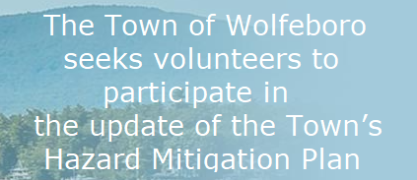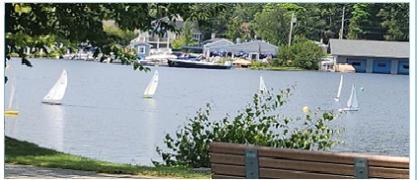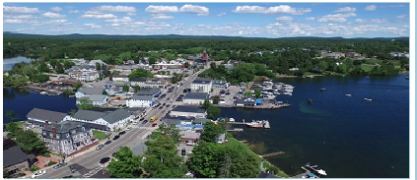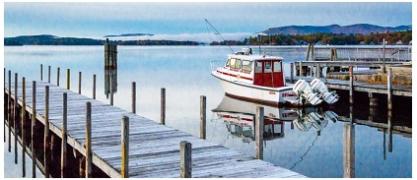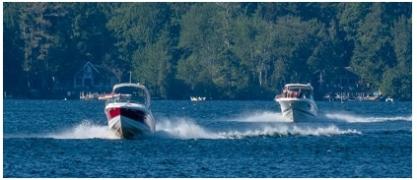How Wolfeboro Waters Assesses Cyanobacteria
Wolfeboro Waters is participating in the Cyanobacteria Monitoring Collaborative that is led by U.S. Environmental Protection Agency Region I (New England) and UNH (It consists of cyanobloom identification and reporting using the bloomWatch App, a CyanoScope microscope capable of taking digital picture with reporting to the iNaturalist.org database for identification confirmation, monitoring cyanobacteria concentrations over time using a Fluoroquik Fluorometer to measure phycocyanin levels that are associated with cyanobacteria in the same way that chlorophyll-a is associated with green algaes.
We are gathering numerous fluorometer measurements of different types of samples to obtain phycocyanin levels. In addition, UNH has been running our samples through two different types of fluorometers to correlate the measurement of phycocyanin between the two. Thus far, we are to use the measurements to infer the relative concentration of cyanobacteria in different samples, but not determine their concentration or that of any cyanotoxins.
In addition to the methods described above, the Cyanobacteria Monitoring Collaborative kit contains a tow net that can be dragged through the water to concentrate potential bloom-forming cyanobacteria in water and a ZAPPR (Zooplankton and Phytoplankton Phototaxis Response method)(tm) that can further concentrate a sample and separate cyanobacteria from zooplankton (small animals such as amoebas and euglena) in the water. These concentrated samples are helpful for microscopic identification.
Next year, with the assistance of the Bigelow Laboratory for Ocean Sciences in East Boothbay, Maine and the new NHDES program focused on cyanobacteria, we hope to be able to greatly expand our ability to determine what types of cyanobacteria are present and to track the concentration of the most important ones.
As some cyanobacteria spend important parts of their life cycle in lake-bottom sediments, including Gloeotrichia, the type that bloomed in Winter Harbor in 2018, we hope to expand sediment sampling and analyses in the future. The only sediment data that we have thus far are three samples that the Bigelow Lab collected in Winter Harbor and analyzed during the 2018 bloom.


